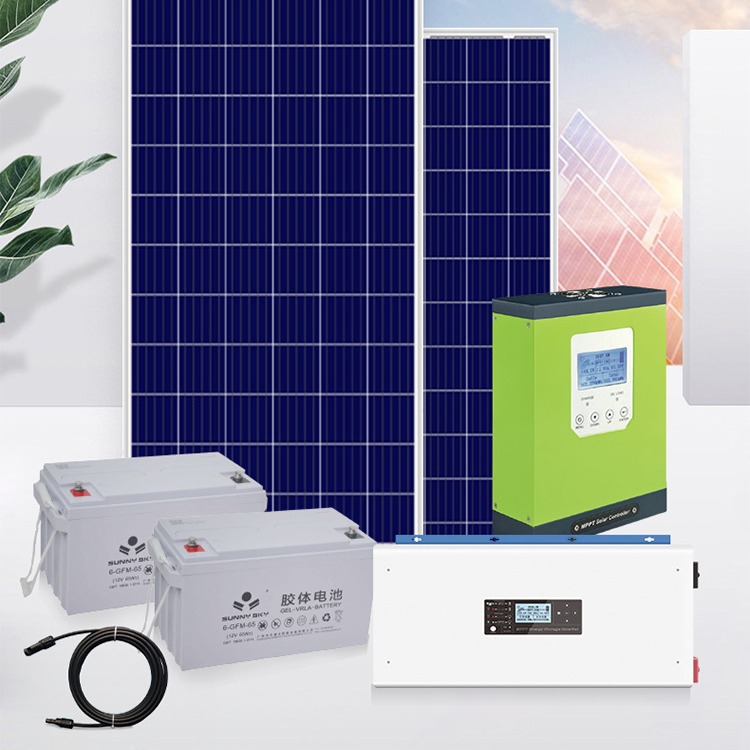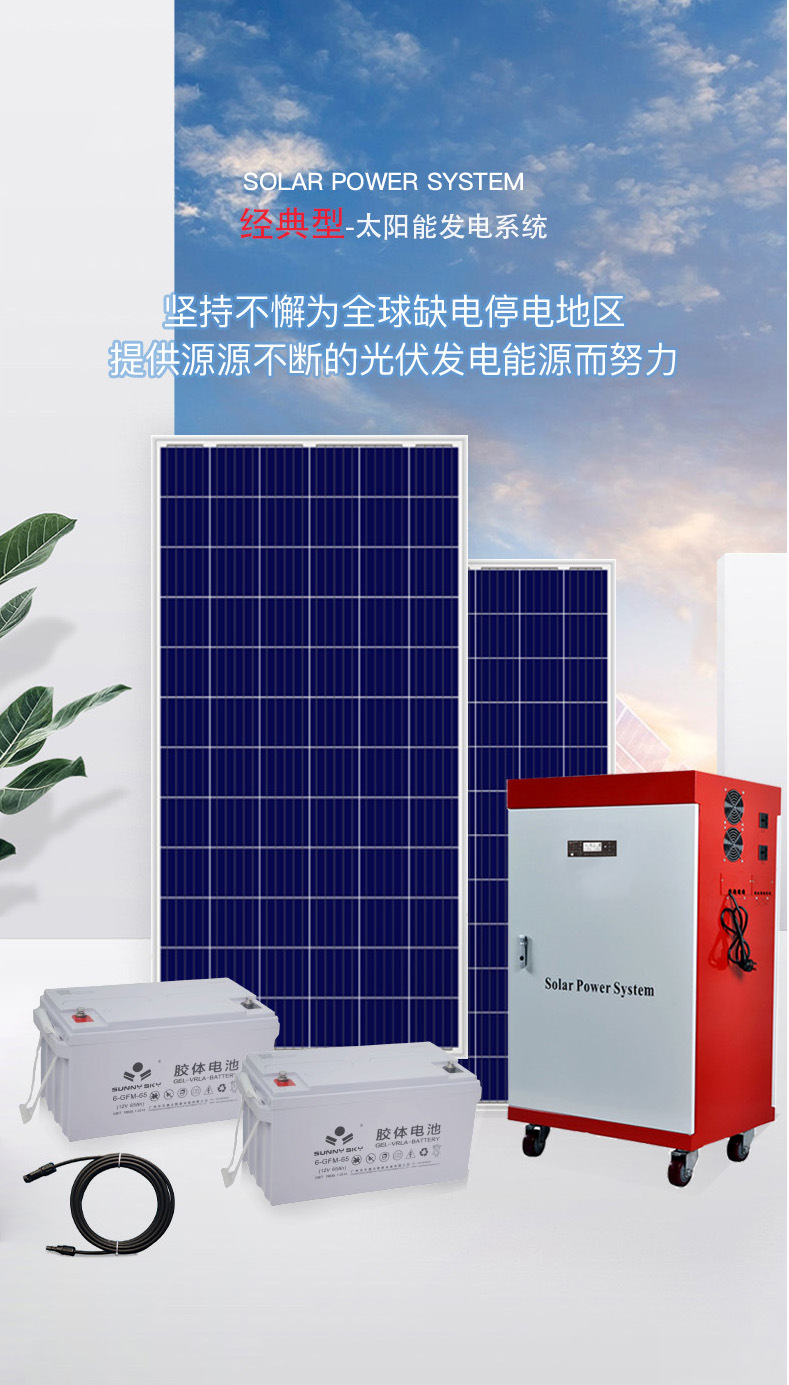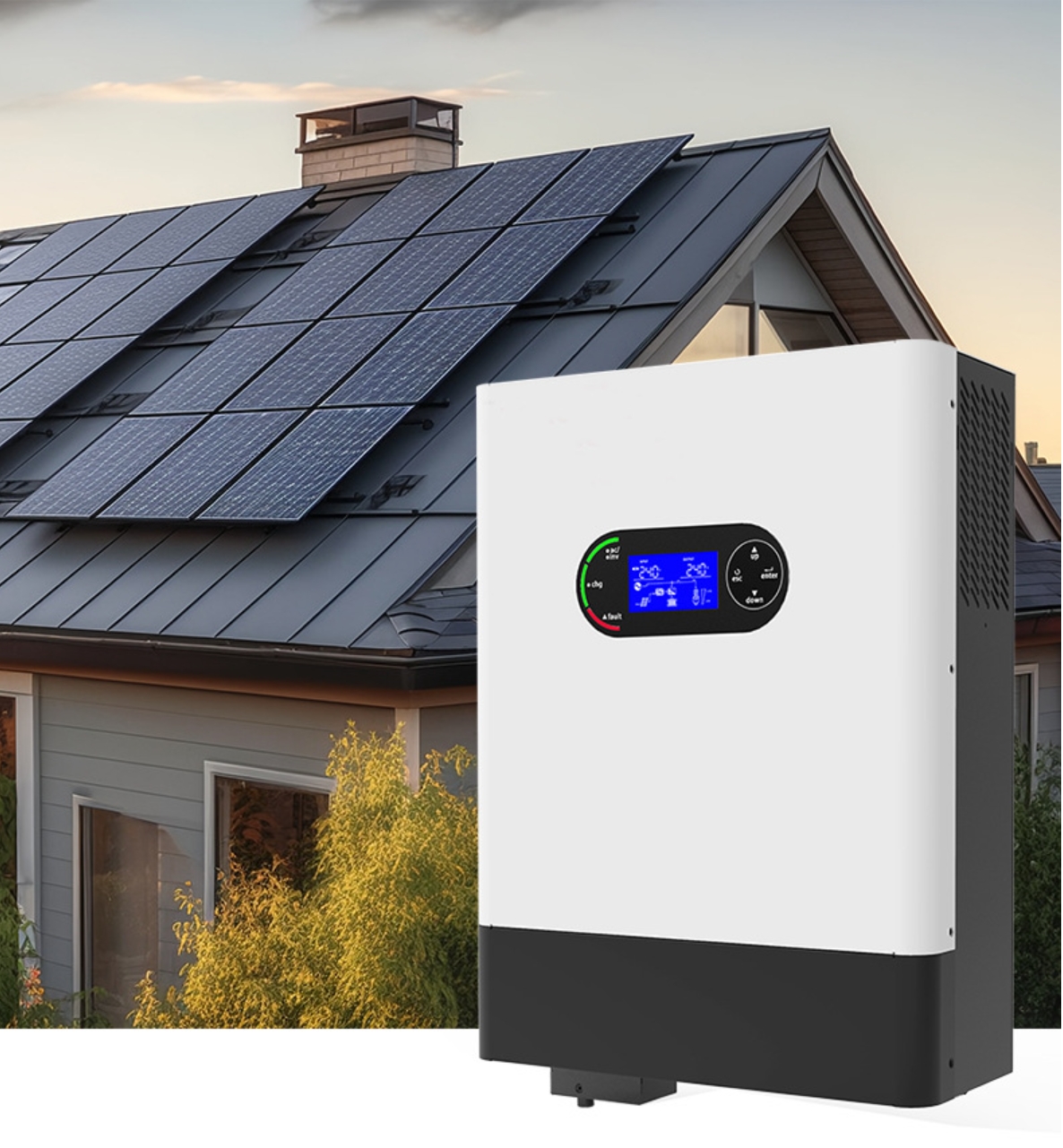
The Role of Solar Stations in Modern Decentralized Energy Systems
As centralized grids fail to reach last-mile communities,solar stations—self-contained photovoltaic generation units with integrated storage and distribution—have become the backbone of energy access in rural and peri-urban areas.
These systems are not simple “panels + batteries.” A properly engineered solar station must ensure:
-
Grid-grade voltage stability
-
24/7 availability under seasonal variability
-
Smart load management
-
Resilience to environmental stress (dust, heat, humidity)
Whether serving telecom towers, rural clinics, or agri-processing units, thedesign integrityof a solar station determines its long-term viability.
Key Engineering Considerations for Solar Stations
1. System Architecture
Solar stations vary widely—from small DC-only kits to full AC three-phase hybrid setups. Didisolar focuses on modular AC-coupled systems with inverter-charger integration and intelligent MPPT modules, allowing flexibility in both grid-tied and off-grid modes.
2. Battery Chemistry Selection
For temperature-volatile or deep-cycle applications, LiFePO₄ (lithium iron phosphate) is often the chemistry of choice. Didisolar uses industrial-grade BMS-equipped packs with programmable charging profiles and thermal cut-off logic to prevent degradation.
3. Load Profile Design
Rather than simply “sizing for peak,” solar station engineering must mapload type, schedule, criticality, and surge demand. Inductive loads like pumps and motors need surge-ready inverters with high short-term overload capacity, something Didisolar inverters are specifically tuned for.
4. Environmental Tolerance
All outdoor-facing components must meet at least IP65 standards, and thermal derating must be factored into inverter and battery sizing, especially in equatorial or desert climates.
5. Monitoring and Lifecycle Control
For remote stations, passive operation is not acceptable. Didisolar integrates GSM or WiFi-based diagnostic modules, offering real-time tracking of PV input, battery health, and load curves. This reduces O&M costs and improves fault response time.
Deployment Challenges in the Field
Despite the promise of solar stations, field deployments face several risks:
-
Poor site preparation(shading, panel misalignment, grounding issues)
-
Battery misconfiguration or overload
-
Improper AC distribution without RCD/MCB safeguards
-
Lack of post-installation monitoring or user training
Didisolar addresses these by providingpre-wired, plug-and-play kits, on-site technician support, and multilingual installation guides for local implementation partners.
Application Scenarios
-
Mobile medical clinicsoperating 24/7 in off-grid zones
-
Public water purification stationsrunning UV and pump loads
-
Educational microgridssupporting e-learning labs and night lighting
-
Solar vending hubsfor device charging and small-scale retail
Each scenario has distinct design implications—whether it’s surge-load planning, backup runtime, or battery cycling limits. Didisolar’s approach is never one-size-fits-all.
Didisolar’s Value in Solar Station Projects
What sets Didisolar apart issystems-level thinking. Rather than shipping disjointed components, we deliver integrated solar stations with:
-
Pre-matched inverter, battery, MPPT, and load interfaces
-
Thermal compensation for battery bank performance
-
True three-phase unbalanced load handling(where needed)
-
Modular expansion capability for growing communities
-
Optional hybrid/grid injection support for future-proofing
Every system is engineered based onreal-world load data, regional irradiance, and application criticality.
Conclusion
Solar stations are not just backup systems—they’re theprimary gridfor millions. In this context, reliability, technical design, and long-term serviceability matter more than ever.
Didisolar builds solar stations for the realities of the developing world, combining field-tested hardware, smart energy management, and a project-driven approach.




